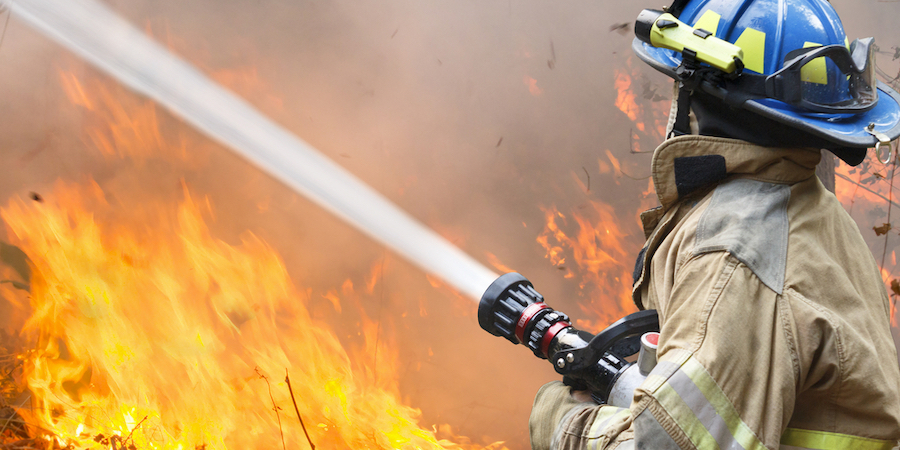What Is Fire Fighting and Why Is It Crucial?
Fire fighting is the practice of extinguishing or controlling fires to protect lives, property, and the environment. It involves a wide range of skills, techniques, and equipment designed to respond quickly to fires, prevent their spread, and minimize damage. Fire fighters are trained professionals who risk their lives to respond to emergencies, rescue victims, and manage hazardous situations.
Fires can occur in homes, workplaces, vehicles, forests, and industrial areas, often without warning. When they do, the ability to respond quickly and efficiently is the difference between a contained incident and a devastating disaster. Fire fighting goes beyond just putting out flames—it includes risk assessment, evacuation procedures, fire prevention, and community education.
The Role of a Fire Fighter
Fire fighters are more than just responders to burning buildings. They are emergency professionals trained in various disciplines including fire suppression, hazardous material handling, first aid, search and rescue, and disaster management. In addition to fighting fires, they respond to road accidents, medical emergencies, floods, and chemical spills.
Fire fighters must undergo rigorous physical and technical training to be prepared for unpredictable environments. They often work in intense heat, poor visibility, and unstable structures while wearing heavy protective gear. Their role also includes fire inspections, educating the public on fire safety, and maintaining equipment to ensure readiness at all times.
Understanding Different Types of Fires
Not all fires are the same. Fire fighters are trained to recognize the different classes of fires and use the correct methods and extinguishing agents to deal with them. Class A fires involve ordinary combustibles like wood and paper. Class B fires involve flammable liquids like gasoline. Class C fires involve electrical equipment. Class D fires involve combustible metals, and Class K fires involve cooking oils and fats.
Using the wrong type of extinguisher or suppression method can make a fire worse. That’s why knowledge of fire behavior and classification is critical in fire fighting operations.
Fire Fighting Equipment and Technology
Modern fire fighting relies on advanced technology and tools to ensure safe and effective responses. Essential equipment includes fire hoses, nozzles, water pumps, extinguishers, thermal imaging cameras, breathing apparatus, ladders, fire trucks, and turnout gear.
Fire trucks are equipped with everything from ladders and rescue tools to water tanks and foam systems. Thermal cameras help locate victims in smoke-filled environments, while breathing apparatus ensures fire fighters can operate in toxic or oxygen-deprived areas. Newer technologies like drones and AI-assisted sensors are being used to detect fire sources, analyze heat patterns, and plan safer strategies during operations.
Fire Suppression Techniques
There are several methods used to suppress fires, and each situation requires the appropriate technique. The most common technique is removing one or more of the elements in the fire triangle: heat, fuel, or oxygen. Water is often used to cool down the temperature, while foam can smother the fire and prevent re-ignition.
In confined spaces or high-rise buildings, ventilation is crucial to control smoke and heat. In wildfires, fire fighters use containment lines, water drops from aircraft, and controlled burns to limit the fire’s spread. Each fire fighting strategy requires teamwork, coordination, and precise execution to avoid endangering lives or property.
Fire Prevention and Community Safety
The best way to deal with fires is to prevent them from happening in the first place. Fire departments engage in public education campaigns that teach fire safety tips, such as how to use fire extinguishers, install smoke detectors, create fire escape plans, and safely handle electrical appliances.
Routine fire inspections in commercial and residential buildings help ensure that fire alarms, sprinkler systems, and emergency exits are up to code. Fire prevention also involves enforcing regulations for construction materials, workplace safety, and hazardous materials storage.
Wildland Fire Fighting: A Specialized Field
Wildland fires, often referred to as forest fires or bushfires, present unique challenges that differ from urban fire fighting. They are unpredictable, fast-moving, and often cover large, remote areas. Wildland fire fighters are trained to operate in rugged terrain, using tools like chainsaws, hand tools, and helicopters to contain and suppress fires.
They must also be skilled in navigating fire behavior affected by weather, wind, fuel type, and topography. Wildland fire fighting requires endurance, teamwork, and the ability to work long hours in extreme heat and smoke.
Rescue and Emergency Response
Fire fighting often goes hand-in-hand with rescue operations. In many emergencies, fire fighters are the first on scene. They rescue people from burning buildings, collapsed structures, car accidents, and water-related incidents. This role demands not only physical strength but also the ability to remain calm and focused under pressure.
Fire fighters are trained in CPR, trauma care, and medical assessment. They are often cross-trained as EMTs (Emergency Medical Technicians) to provide immediate care while waiting for paramedics or transporting patients.
Mental and Physical Demands of Fire Fighting
Fire fighting is one of the most demanding professions. Fire fighters must be physically fit to carry heavy equipment, climb ladders, and rescue people in difficult conditions. The mental pressure is equally intense. They often witness traumatic scenes and must make life-and-death decisions in seconds.
Stress management, mental health support, and regular training are essential components of a fire fighter’s overall wellness. Many departments provide access to counseling, peer support programs, and wellness resources to help manage the emotional toll of the job.
Conclusion: The Lifesaving Mission of Fire Fighters
Fire fighting is a noble and essential service rooted in courage, teamwork, and an unwavering commitment to saving lives and protecting communities. From preventing everyday fires to tackling large-scale disasters, fire fighters play a critical role in public safety. Their work reminds us of the importance of preparation, awareness, and collective responsibility.
Understanding fire safety and supporting fire prevention initiatives not only honors the work of fire fighters but also empowers every individual to take steps toward a safer environment. Whether through education, equipment innovation, or community involvement, fire fighting continues to evolve as both a science and a heroic act of service.

